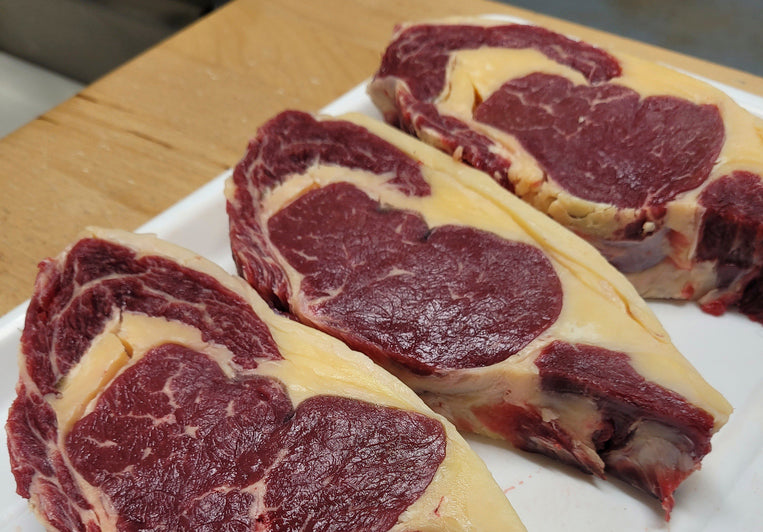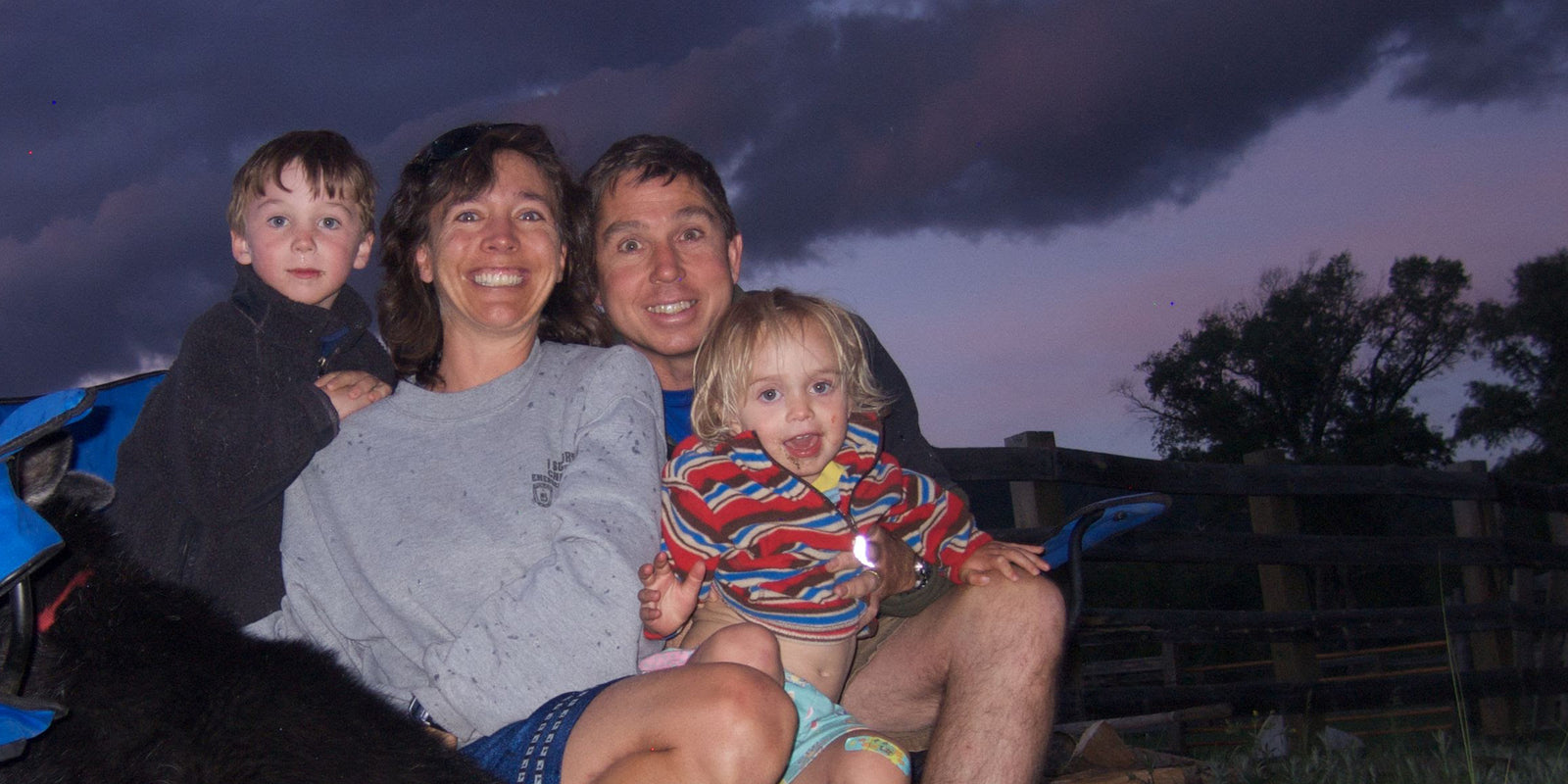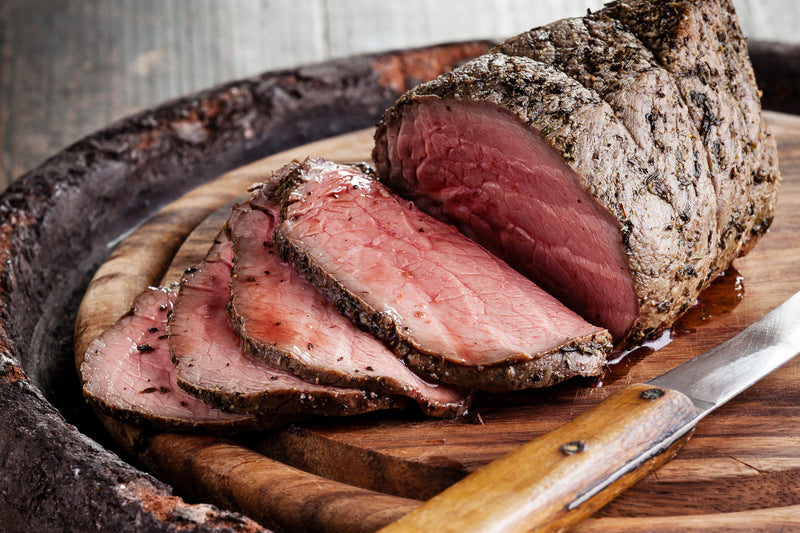June is always a crazy busy month on the Wolf Creek Ranch, as we are transitioning our cattle and yaks from our farm south of Chama to the high mountain pastures of our ranch above Chama. This year, however, is busier than usual, as we not only have our yaks and cattle grazing, but we also are hosting 1000 sheep, owned by Shepherd’s Lamb of Los Ojos. Soon these animals will move to our highlands and begin enjoying the shrubs and noxious weeds that the other animals refuse to eat.
The sheep are cared for by a herder (Javier), three terrifically friendly (to humans) Great Pyrenees, one border collie who loves ear scratches, and two amicable equines. Javier lives in a trailer that gets moved every few weeks to keep in line with the location of the sheep.
The sheep are not the only animals tended to by a herder on the WCR. This year we hired Omar to watch over and move the yaks and cattle throughout the summer. Our primary motivation for employing a herder is the continued health of the soils and grasslands throughout the valley. We currently have several pastures through which we rotate the animals, but over the years we have observed that the animals hang out at certain locations while avoiding other equally desirable areas. Because Omar will be with the animals every day he will be able to move them throughout the pastures, so we can ensure no areas will be overgrazed.

Another reason we are excited to have a herder is the keep the yaks from wandering onto neighboring ranches. Whether they simply charge through a fence or sneak through a break, once or twice a year (if we’re lucky) we must spend hours on horseback searching for our wandering wards. Last year it took the snows of winter to bring several down from the forests.
Speaking of grasses, Robert brought in Kirk Gadzia, a grasslands and rangeland expert to consult with us about the health of our fields on both the El Barranco Farm and the Wolf Creek Ranch. Kirk spent two days walking the pastures and educating Robert and several neighboring ranchers about the grasses and soils and how to better monitor their condition. Robert was relieved, though not surprised, that Kirk thought our pastures were extremely healthy. He gave many suggestions how to graze the meadows even more efficiently and what to do in times of deep drought.
Guided fishing is another bustling activity on the ranch. As the high winter waters receded in mid-June, our partners with Mayfly Fly Fishing of Chama began bringing individuals and families to the ranch to try their hand at catching the Brown and Rainbow trout that live in the cold waters of the Wolf Creek. This stream, which runs north-south through the entirety of our valley, is known for its highly technical and incredibly desirable fishing. Avid fishermen (and women) come to our ranch every summer seeking the adventure of luring the stealthy trout to their flies. Of course, everything is catch and release only.
As June comes to a close, we look forward to the anticipated July rains. Wild iris give way to the purples of fireweed and lupine, while the early greens of spring transition to the hardy shades of summer. The sheep will move to the shade of the high aspen forests while the yaks and cattle will continue to graze the valley’s pastures. Summer is such a short season. Yet, the endless activity that flows through the ranch during these months is something I think my great-great grandfather, who purchased these lands and ran thousands of head of livestock, would be proud.

























